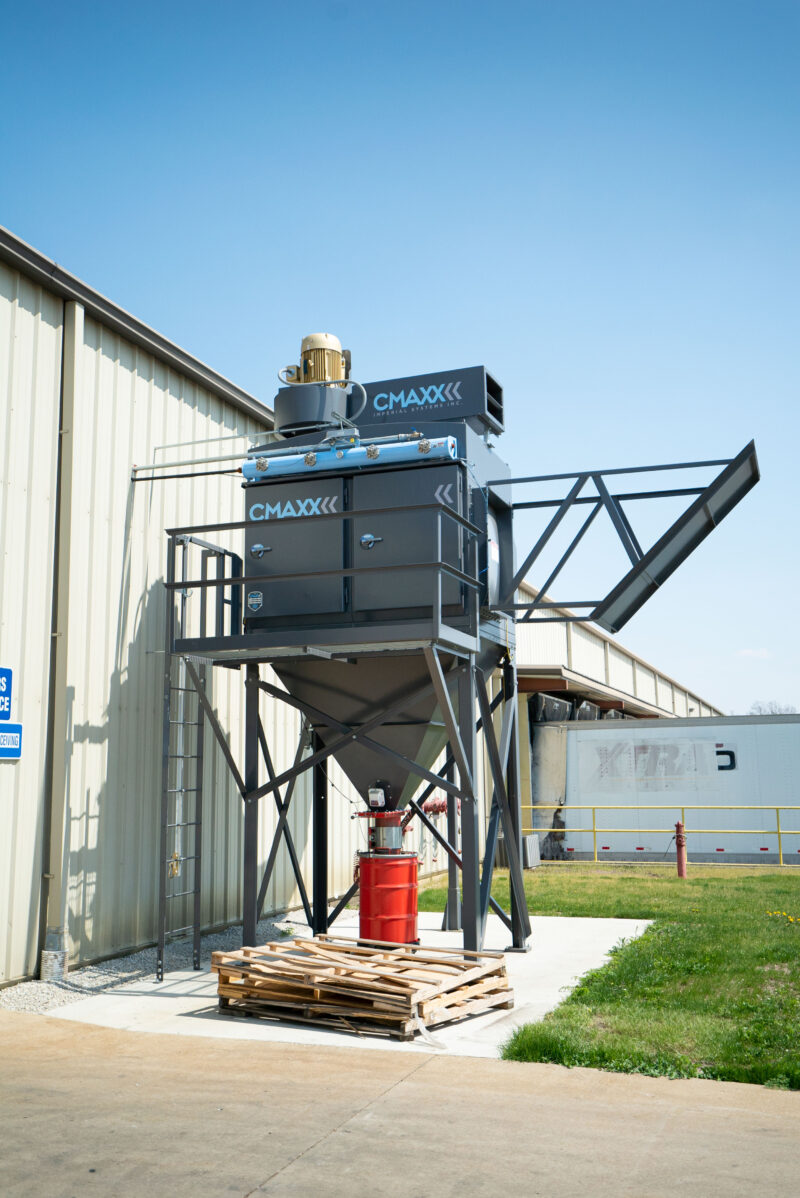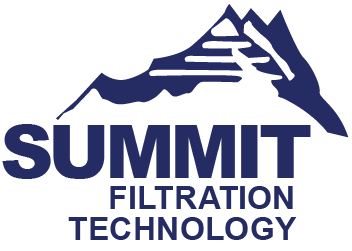
How ANSI/ASHRAE 199 Affects Business
Standards set forth by the American National Standards Institute (ANSI) and American Society of Heating, Refrigerating, and Air Conditioning Engineers (ASHRAE) comingle into the ANSI/ASHRAE 199.
The guidelines set by ASHRAE are standards meant to regulate a facilities’ procedures to ensure preservation of workplace health and safety.
In the case of ANSI/ASHRAE 199, dust collection is the focus. In order to comply with the standard, there are certain steps each business must take.
Main Provisions of ANSI/ASHRAE 199
Summary
The standard recommends a non-compulsory test to compare performance of industrial dust collection systems. The test applies to “bag, cartridge, or envelope industrial dust collectors that recondition the filter media by using a pulse of compressed air to discharge the dust cake from the filter media while the air cleaning device remains on line”.
The test is comprised of six stages, covering dust loading through on-demand pulse cleaning, continuous pulse cleaning, stopped cleaning, and resumption of cleaning post stoppage. The data gathered from this test includes emissions, pressure drop and compressed air usage. The test is not yet mandatory.
What Industries Are Most Affected?
While ANSI/ASHRAE 199 is not yet mandatory, it has the potential to shape dust collection decisions made by businesses in all industries.
Industries such as pharmaceutical processing, mining and metalworking will see the biggest impact in the short term since those industry sectors are required to meet certain emission specifications by the EPA and OSHA.
Of note, the ANSI/ASHRAE 199 standard does not include provisions for combustible dust. That said, combustible and explosive dust hazard prevention is required by OSHA and the NFPA.
What is the Pertinent Test Data?
Emissions data collected includes amount and size of particulate emissions initially and through the entirety of the test.
Pressure drop should show as low as possible in the recorded data, indicating that the filter has high dust-holding capacity and good dust release characteristics. These attributes mean the filter is regularly maintained and does not require more frequent maintenance.
Compressed air usage data will vary depending on the filter’s self-cleaning abilities, with less compressed air needed for better abilities.
How Does it Differ From Previous Standards?
ASHRAE standards, such as ASHRAE 52.2, have previously provided test data regarding the effectiveness of filters, when using their own system to establish benchmarks for the affected industries.
However, previous standards failed to take into account the overall function of the dust collection system under specific conditions. ANSI/ASHRAE 199 amasses data allowing performance comparisons under true dust collector operating conditions.

